Do-it-yourself electronic lock installation
Every owner of a residential or office space dreams of reliable protection of their property. The best way to deal with this problem is an electronic lock on the front door, in which there is no key hole, which means that it is almost impossible to pick up a hacking tool.
Standard equipment of the electronic lock
Locks with electronic control consist of several elements, as a rule, included in the package of the device when it is purchased. The main elements include:
- locking device. It can be installed inside the door leaf (mortise lock) or on the surface of the door (surface lock). The locking mechanism consists of a body, inside of which there are bolts that hold the door in the closed position and an electric motor, with which the bolts are set in motion. The lock case may provide for the possibility of installing a door handle;
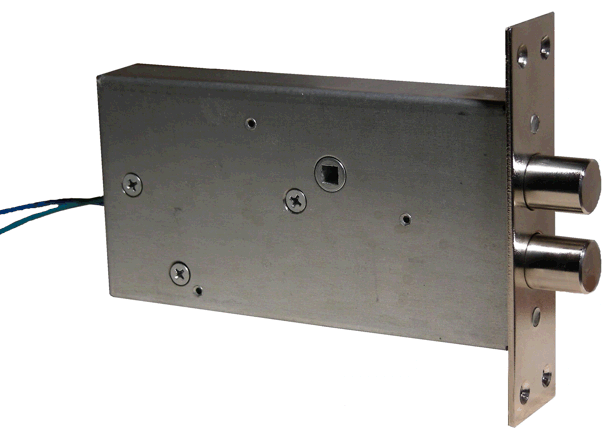
- a strike plate mounted on the door jamb and necessary to hold the crossbars in the closed position;
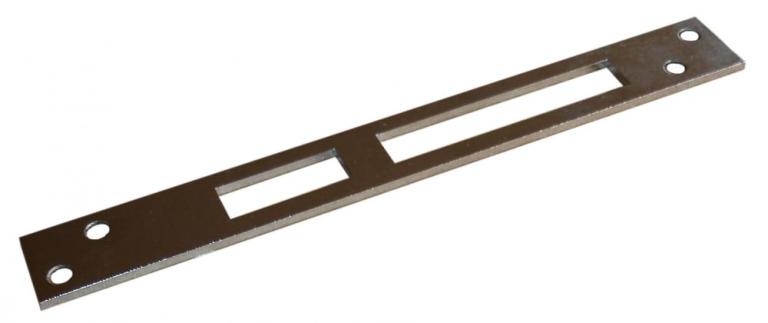
- Control block. The block consists of a device that processes signals for opening and closing the locking mechanism and a controller that serves to control the lock, independently encode keys and combine the constituent parts of the mechanism into a single system. Batteries are built into the control unit, which ensure the operation of the lock in the event of a power outage;
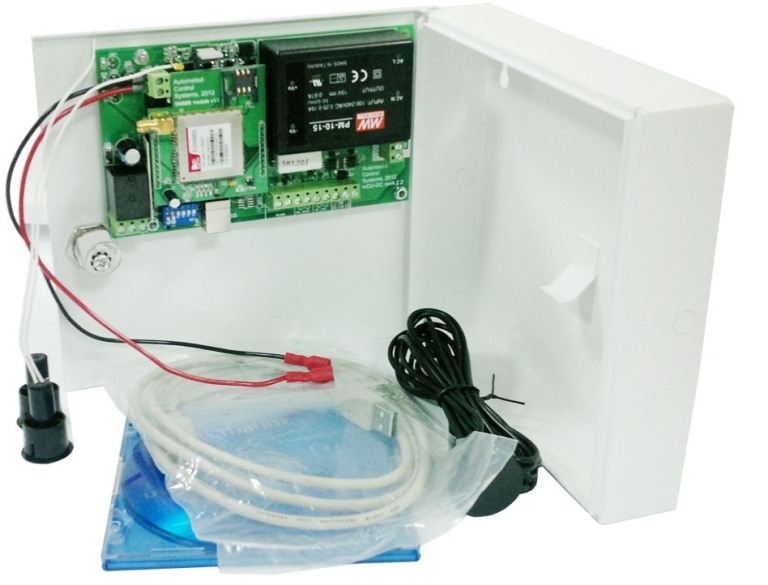
- the unit is connected to a constant current source (electrical socket) network adapter.
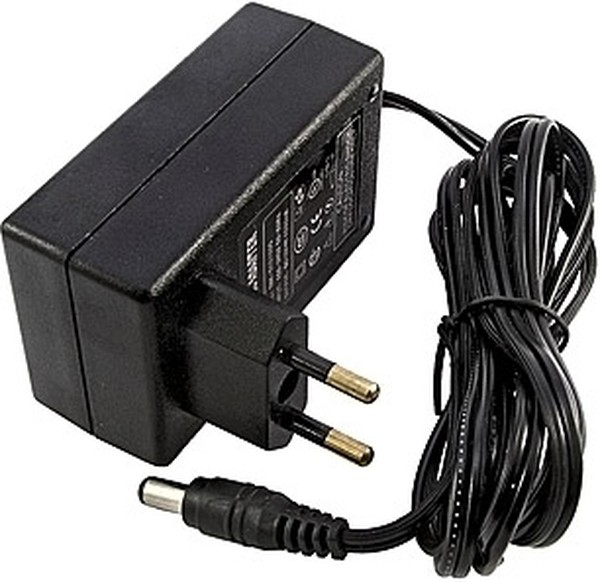
- device for reading information from the key. Electronic locks can be biometric or built-in stealth locks. The electronic combination lock opens when the code is entered on the panel. The biometric lock is set in motion by recognizing a fingerprint or retina. The stealth lock can be opened by a signal transmitted by a key fob, card, cell phone, and so on.
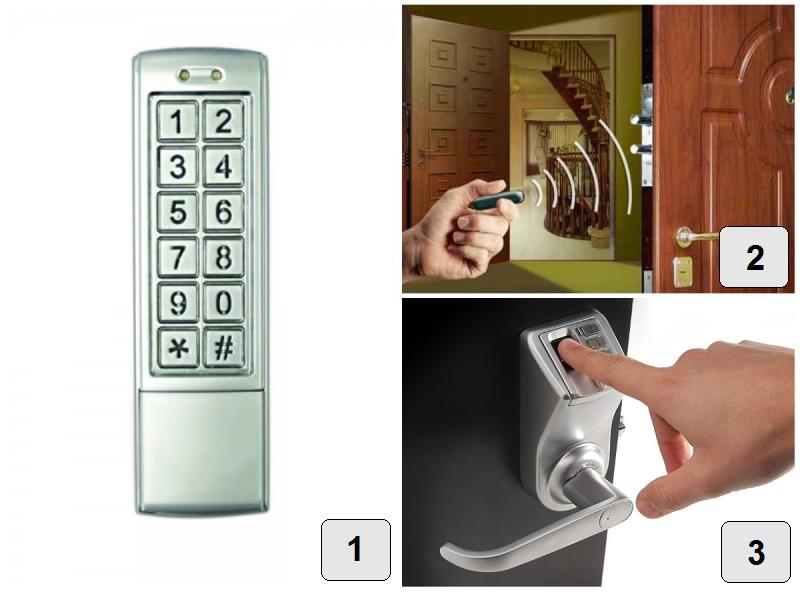
- a set of keys (key fobs, cards).
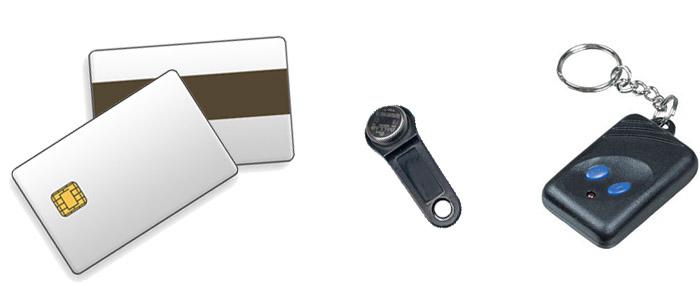
- fixing bolts of different sizes.
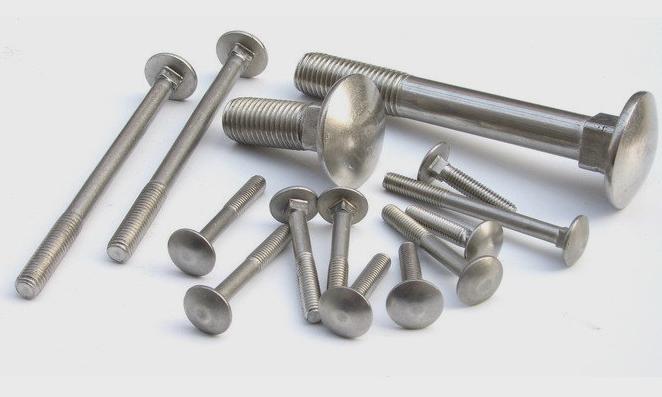
Additionally, an electronic lock can be equipped with a door closer that allows the door to open and close smoothly, which increases the life of the locking mechanism and is connected to an intercom that allows you to open the door remotely.
Installing an electronic lock
According to the installation method, electronic locks are divided into two types:
- overhead devices;
- mortise devices.
Overhead locks are installed on the surface of the door leaf, and mortise - inside the door.
Installing an overhead electronic lock
Overhead locks are mainly installed on metal doors, on a gate or.
To install an overhead electronic lock, you will need:
- marker, pencil, tape measure, corner. This set of tools is necessary for marking the plane of the door at the installation site of the main mechanism;
- electric drill with a set of various drills;
- screwdriver
The first stage of installation begins with the installation of the locking mechanism. To do this, a number of actions are performed:
- in the chosen place (most often locks are installed at a distance of 90 - 110 cm from the floor level), markings are applied to the door leaf. At the same time, the location of the body of the locking mechanism and the attachment points are indicated on the door;
Marking on the door can be done by attaching the lock body to the door leaf or by first drawing the layout of the device.
- the marked holes for the fasteners are drilled. In this case, the diameter of the drills used must correspond to the diameter of the fixing bolts;
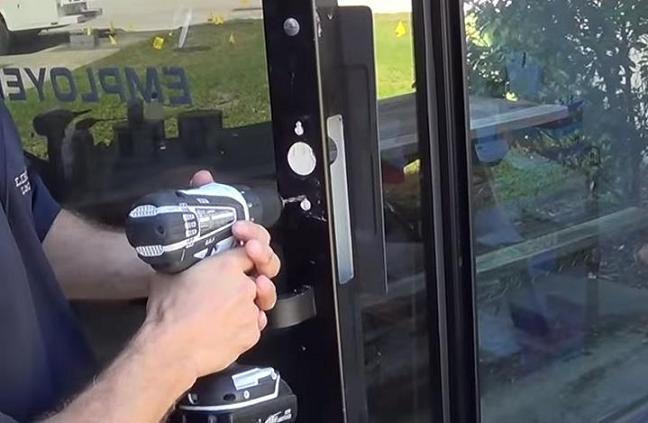
- a through hole is drilled in the door to connect the device case and the reading mechanism;
- in the marked area, the lock body is installed and fixed.
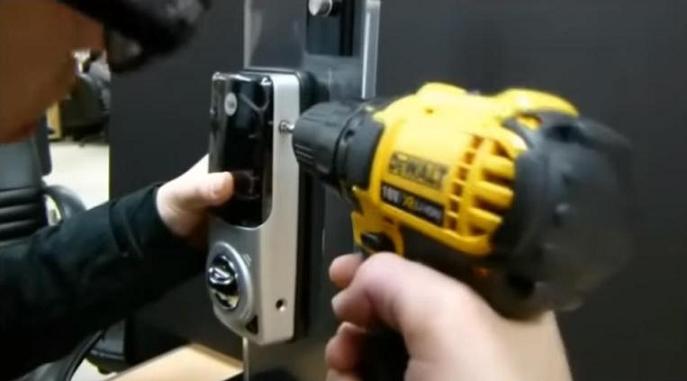
The second stage of installation is the installation of a striker plate, that is, a device for which the locking bolts will hold. The installation of the striker plate is carried out in the same way as the installation of the housing according to the plan:
- markings are made on the door jamb. When determining the location of the area of the bar, it is necessary to take into account the location of the lock. It is best to close the main mechanism and mark the location of the crossbars. It is also required to designate the attachment points of the device;
- holes for mounting bolts are drilled;
- the back plate is fixed.
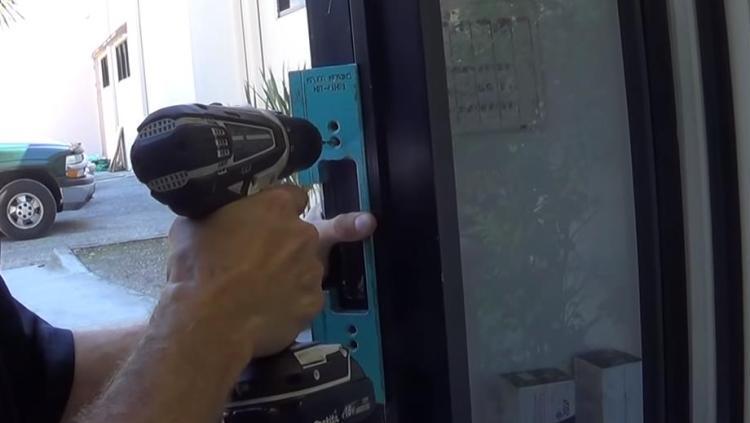
Rigel should smoothly enter the reciprocal bar. Tight entry and excessive friction are not allowed.
The third stage of installing a lock with your own hands is to install a reader and other necessary equipment. In doing so, you must follow the following rules:
- the reader is installed on the outside of the door, and as close as possible to the lock, since in the case of a contact opening, this mechanism must be connected by wires to the locking device;
- the control unit, which is connected to the network adapter, is located near a permanent power source indoors;
- connecting wires should preferably be placed in specialized boxes or corrugated hoses. This will help protect the appliances from moisture and give the door an aesthetic appearance.
An example of installing an overhead electronic lock is discussed in detail in the video.
Installation of a mortise electronic lock
Installing an electronic lock by cutting into the door is somewhat more difficult, since special niches must be drilled in the door leaf and jamb for the body and striker, respectively. For the formation of niches, the following scheme is provided:
- door leaf . This contributes to increased convenience during work;
- the dimensions of the niche are noted, which should be 2–3 mm larger than the dimensions of the lock;
- using a drill, chisel, hammer or other equipment, a part of the door leaf and jamb is excavated;
- Irregularities after work are cleaned.
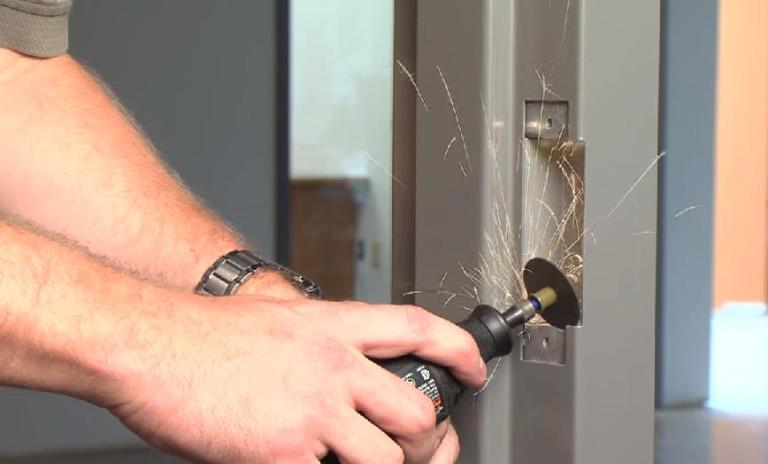
How to connect an electronic lock
After the lock body and all the necessary equipment is installed on the door, you can start connecting it. In most cases, the connection diagram of the device is included in the lock package. If there is no diagram, then you can follow the instructions below:
- in the control unit there is a controller, to which it is necessary to connect all the equipment: a locking mechanism, a reader, and so on. For this, electric cables supplied with the lock are used;
- the locking device is connected to the opening code reader;
- then all system components are connected to the corresponding terminals of the controller;
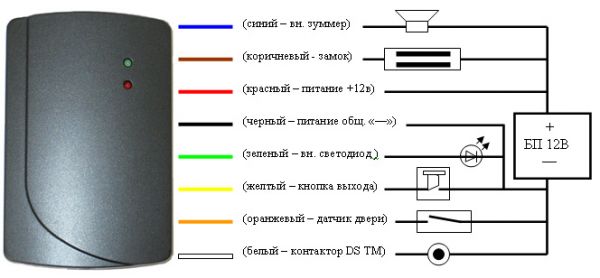
- the power adapter is connected;
- checking the functionality of the mechanism.
If you cannot connect the electronic lock yourself, then it is better to seek help from specialists.
Electronic locks are among the most reliable locking mechanisms. A significant drawback of the devices is the impossibility of the lock to work correctly without exposure to electric current. For this reason, it is recommended to install two locks on the front door, one of which is electronic and the other is mechanical.
